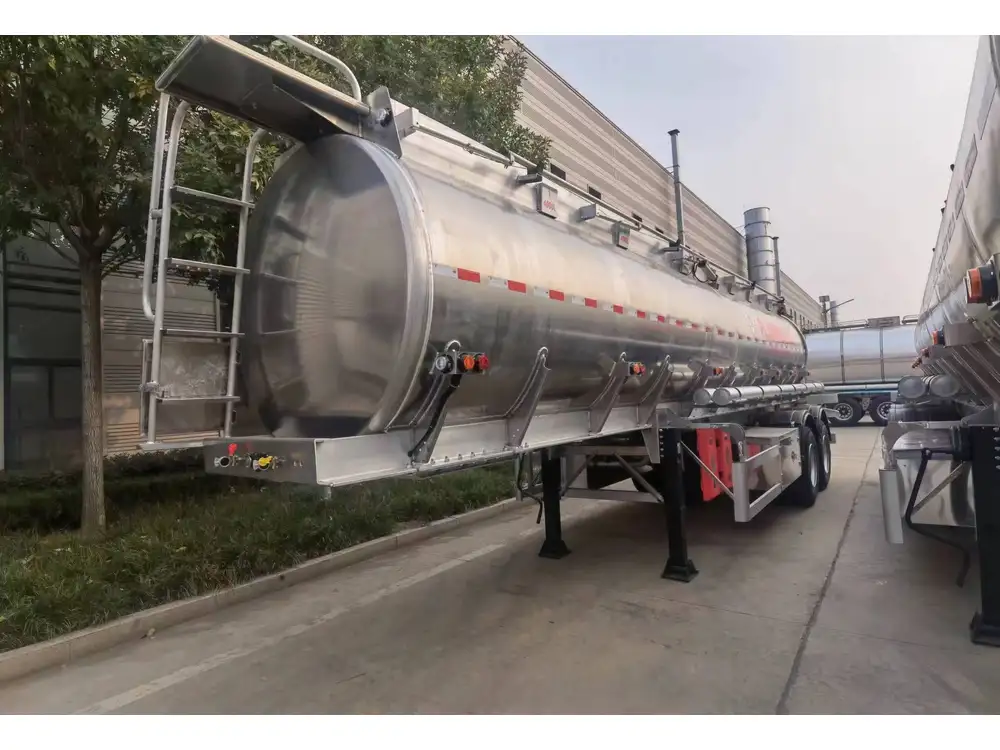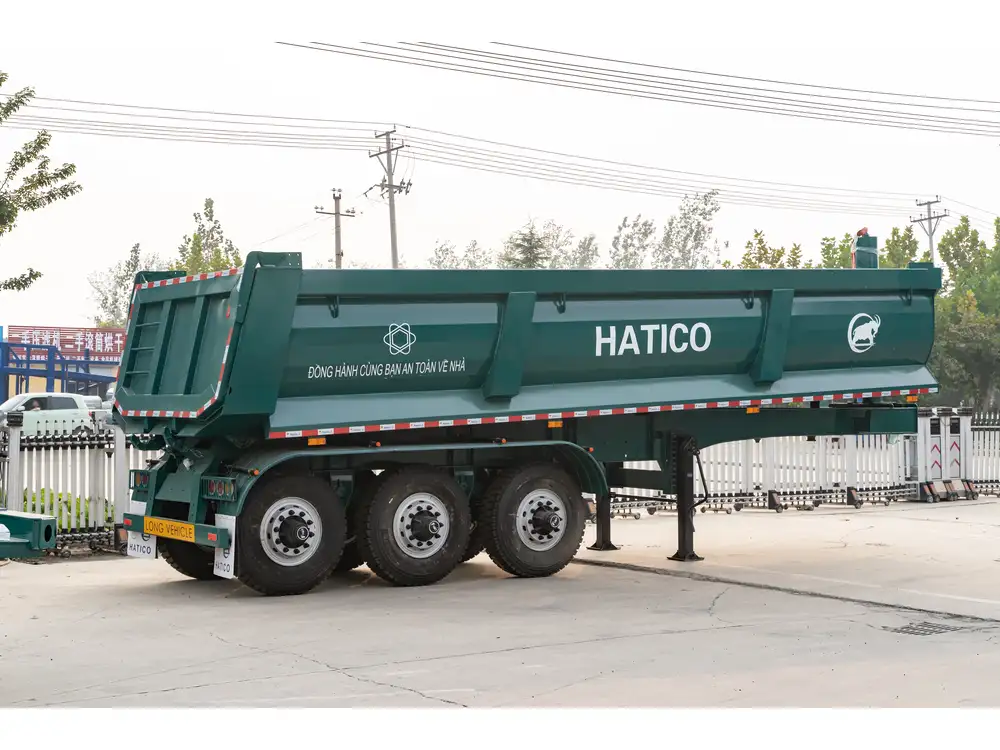Transferring ownership of a semi-trailer in California may seem daunting, but understanding the steps involved can simplify the process significantly. This guide is designed to provide a detailed overview of the procedures, legalities, and best practices to ensure a seamless transfer.
Understanding the Importance of Title Transfer
Before diving into the mechanics of ownership transfer, it is crucial to grasp why the title transfer process is essential. When you sell or otherwise transfer a semi-trailer, updating the title:
- Legitimizes Ownership: Guarantees that the new owner is legally recognized.
- Protects Against Liabilities: Shields the previous owner from future liabilities associated with the trailer.
- Facilitates Financing and Insurance: Proper title transfer is often necessary for securing financing or obtaining insurance.
Step-by-Step Process for Transferring Ownership in California

1. Gather Necessary Documentation
The first step in the transfer process involves compiling essential documents, which may include:
| Document | Description |
|---|---|
| Current Title | The existing title must be in the seller’s name. |
| Bill of Sale | A formal document declaring the sale transaction. |
| Odometer Disclosure Statement | Required for vehicles under ten years old. |
| Notice of Transfer and Release of Liability | Protects the seller from future liabilities. |
| Form REG 343 | The application for title transfer. |
2. Complete the Title Transfer
To initiate the transfer, follow these methods:
A. Seller Responsibilities
- Sign the Title: The seller must sign the title in the appropriate section.
- Complete the Bill of Sale: Ensure it includes details such as the purchase price, effective date, and both parties’ signatures.
- Odometer Disclosure: If applicable, provide an accurate odometer reading.

B. Buyer Responsibilities
- Complete the Transfer Section: The buyer must fill out their details on the title and any additional forms required by the California DMV.
- Submit Required Documents: Gather the signed title, Bill of Sale, and completed forms for submission.
3. Visit a California DMV Office
Once the documents are in order, the buyer must visit a local DMV office. It’s advisable to:
- Schedule an Appointment: Check the California DMV website for appointments to avoid long wait times.
- Bring Required Fees: Be prepared to pay transfer fees, which can vary.
The buyer should bring:
- Completed title and Bill of Sale.
- Odometer Disclosure, if necessary.
- Any other documentation as required by DMV staff.
4. Pay Fees and Taxes
Transferring ownership isn’t free. The following costs may apply:
| Fee Type | Description |
|---|---|
| Transfer Fee | A fixed fee to process the transfer. |
| Sales Tax | Collected based on the purchase price. |
| Use Tax | Applicable in some cases for trailers. |

5. Receive the New Title
Once the DMV processes the transfer:
- The buyer will receive a new title, establishing their ownership.
- It’s recommended to keep both the old and new titles for record-keeping purposes.
6. File Notice of Transfer and Release of Liability
The seller must submit a Notice of Transfer and Release of Liability form to the DMV to finalize the process and protect themselves from liability concerning the semi-trailer.
Additional Considerations During Ownership Transfer

Ensuring Clear Ownership
Before finalizing the transaction, it’s wise to check whether the trailer has any existing loans or liens. Conducting a title search can prevent complications down the line.
Temporary Operating Permits
If there is any delay in obtaining new plates or operating credentials post-purchase, consider applying for a temporary operating permit from the DMV, allowing immediate use of the semi-trailer.
Insurance Considerations
Securing insurance for the newly acquired semi-trailer should occur immediately after the transfer. Different insurance policies exist to cover semi-trailers, including:
| Coverage Type | Details |
|---|---|
| Liability Insurance | Covers damages to third parties. |
| Physical Damage Coverage | Protects against theft, collision, and more. |
| Cargo Coverage | Ensures safety for stored or transported goods. |

Declaring Sale Price Accurately
Accurately declaring the sale price is vital for tax purposes and ensures that the buyer is charged the correct sales tax. Misstating the sales price to avoid taxes can lead to penalties.
Document Retention
Both the buyer and seller should keep copies of all relevant documents for their records:
- Title: The original title should be stored safely.
- Bill of Sale: A necessity for proving the transaction.
- Release of Liability: Important for the seller to safeguard against claims.
Common Pitfalls to Avoid During the Transfer

1. Incomplete Documentation
Ensure that all necessary forms are filled out correctly. Missing or incorrect information can delay approval.
2. Not Reporting the Transfer
Failure to file the Notice of Transfer and Release of Liability can expose the seller to liability for any subsequent incidents involving the trailer.
3. Ignoring State Regulations
California has specific regulations surrounding vehicle titles. Ignoring these can result in fines or delays in obtaining the new title.

4. Forgetting About Lien Releases
If the trailer was financed or had loans against it, ensure that the seller provides proof of the lien release to avoid complications.
Conclusion
Transferring ownership of a semi-trailer in California involves a step-by-step process that, when followed diligently, ensures a smooth transition and protects both parties involved. By preparing the necessary documentation, understanding the importance of proper title transfers, and being aware of potential pitfalls, both buyers and sellers can navigate the complexities of ownership transfer confidently.
In summary, a well-executed ownership transfer not only fulfills legal obligations but also builds trust between both parties, easing future transactions. By adhering to the comprehensive steps outlined in this guide, individuals can efficiently transfer ownership of semi-trailers in California, thus securing their investment and ensuring compliance with state regulations.



